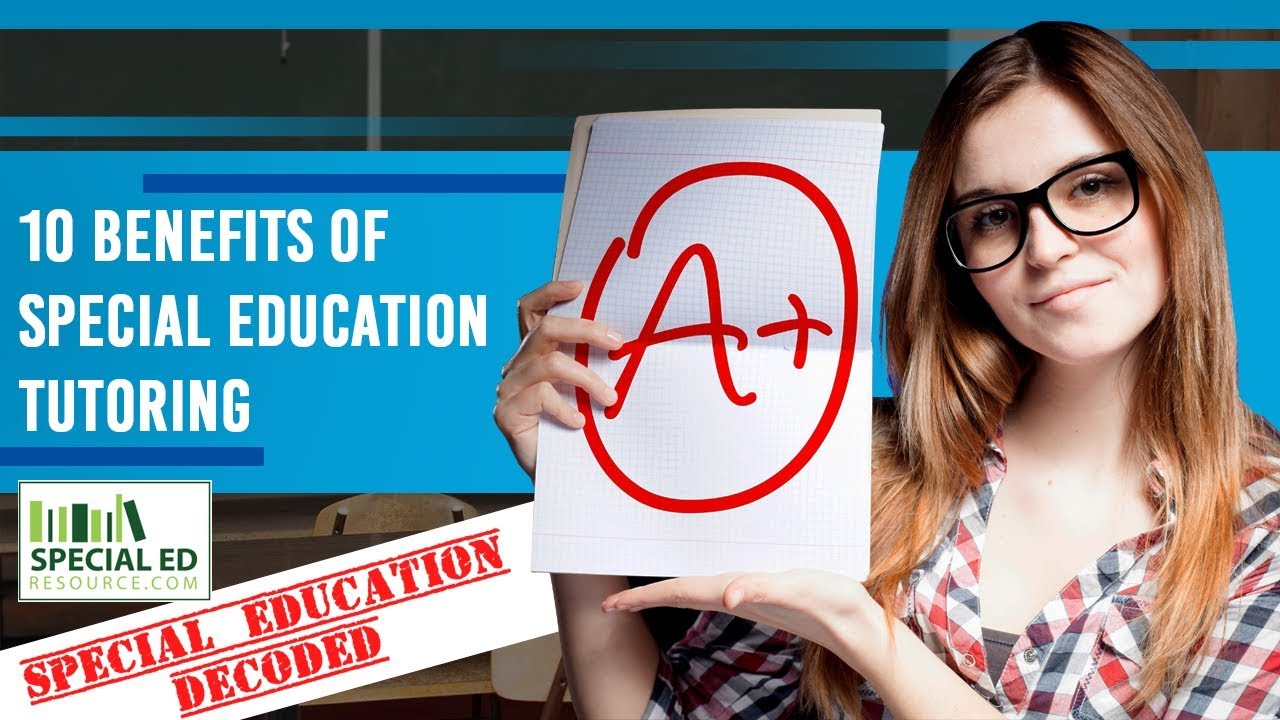What is special education?
Basically, it is special education for children with disabilities that prevent them from making effective progress in school. These children are referred to special education by a teacher, counselor, principal, or parent. Parents have to give written permission for their child to be referred to special education, and the services they receive include assessments, school progress, and state test results. If you’re a parent and you’re curious about what special education means, read on.
Students with mild to moderate disabilities
The most basic definition of a student with a mild to moderate disability is an individual with a developmental delay. These students may have mild to moderate problems in language and may have difficulty understanding and expressing themselves in social situations. Typically, students entering kindergarten are able to express themselves in two to three word sentences. As students get older, they may be able to string words together to express their needs, but still need some help in social settings. They may have mild to moderate delays in playing with peers or prefer to play alone.
Children with mild to moderate disabilities have various needs that require special instruction and service delivery. These students may have difficulties in academics, socialization, and other areas. Often, they spend part of their school day in general education classrooms, while other portions of their time may be spent in resource rooms or occupational therapy. But even when they are enrolled in general education classes, they will require additional services in a special setting to make sure they are reaching their potential.
The best way to provide appropriate support to students with mild to moderate disabilities is to implement best practices in teaching and learning. Districts should ensure that students with mild disabilities have access to these best practices. Often, these students need extra time to learn grade-level standards. That extra time can be used to re-teach lessons, address missing foundational skills, or correct misunderstandings. Further, these students need to be monitored closely to ensure that they receive the appropriate care.
One option for meeting the needs of students with mild to moderate disabilities is to offer them elective classes that target their interests. Other options are to integrate students with disabilities into general education settings for activities such as recess, lunch groups, and special events. They may even be included in the general education setting as part of their peer support team. It all depends on the student’s needs and the nature of their disability.
Students with emotional disabilities
The Department of Education recognizes that students with emotional disturbances face significant challenges. They have lower graduation rates and are more likely to experience expulsion and long-term suspension. They are also more likely to be victims of bullying and face high rates of self-harm. However, many parents do not realize the value of special education for students with emotional disabilities. Here are a few resources to help you get started. Here are some useful resources for parents and teachers.
The current terminology for this condition can be limiting. The term “emotional disturbance” has negative connotations, especially for students of color. However, according to special education experts, these students don’t always receive adequate support in school. According to one study, nearly 48% of students with emotional disturbances are black – almost half of the student body. Even worse, the number of these students actually declined by 16% last school year from the previous one, though some experts say this may be due to fewer referrals during the AIDS pandemic.
In addition to addressing the underlying cause of emotional disturbances, parents should also consider providing their children with educational accommodations. The most effective approach is one that rewards positive behavior instead of punishing negative behaviors. The worst case scenario is when children with emotional disturbances are given a difficult task and feel no support or love from their educators. In such a scenario, positive reinforcement can go a long way. In the long run, positive reinforcement will go a long way toward decreasing problematic behaviors.
However, the term emotional disturbances can have a negative connotation in popular culture, thereby demonizing students with mental health issues. This label can affect the way educators treat these students and their families. As a result, the term “emotional disability” can make the entire process of providing education for students with emotional disabilities more humane. The term “emotional disability” is now used to describe students with emotional disorders in Maryland.
Students with cognitive disabilities
Children with cognitive disabilities can thrive in school and have fulfilling lives. They may need individualized help learning new skills. Extra time, repeated instruction, and appropriate modeling can help them acquire these skills. This type of education encourages the child to develop social skills and learn in a new environment. With patience, they will achieve independence and developmental progress. Learn more about special education for students with cognitive disabilities and related services. To learn more, contact your local educational system.
In order to determine eligibility, a team will use a body of evidence and informal measures to develop an IEP. The team will evaluate the child and make the eligibility determination at an eligibility meeting. After identifying the student’s cognitive score, the team will create an IEP. It will address academic needs, culturally-imposed expectations, and adaptive behavior. The IEP team will then develop a plan for the student’s education.
A full-scale score of 2.0 SD below the mean on cognitive measures is needed to establish eligibility. Evidence of discrepancy in adaptive behavior in more than one education setting is also required. Academic achievement deficits are indicated by scores of 2.0 SD or more below the mean in language, reading, and math. There are also psychometric standards for the assessment and the data must be culturally and linguistically appropriate. Families are active members of the educational team and may require time to process the information resulting from the assessment.
A student’s placement in school also affects the type of programming. In Kenya, students with cognitive disabilities are usually diagnosed in psychiatric hospitals, which severely limit their ability to function in the community. Consequently, they must be enrolled in a school that offers special education. Many special education schools are operated by private organizations or religious groups. Most of these schools require tuition, and some are even religious. There are many challenges to identifying children with cognitive disabilities.
Students with physical disabilities
There are many ways in which a student can benefit from special education. Students with physical disabilities often cannot function in the same way as their peers. In order to provide the best possible education, the student needs to be assessed individually and accommodations made to meet his or her needs. In addition to physical accessibility, students with physical disabilities often have fatigue and difficulty moving around campus. Therefore, it is essential to provide these students with alternative assignments and resources.
A physical disability includes many different conditions. While the most common physical disability is the use of a mobility device, others are hidden or less severe. Whatever the underlying cause, access to learning is often the greatest barrier to a student’s academic success. This means that every child with a physical disability deserves to be treated equally and with respect. This includes the school, community, and environment. In addition, the student must be able to understand and express his or her needs, as well as communicate effectively with others.
The state and local governments must ensure that children with physical disabilities have equal access to extracurricular activities. This means that public agencies must provide supplementary aids and services determined appropriate by the IEP Team. These services may include athletics, health services, and transportation. If a student does not have a disability, a physical educator should still be able to meet his or her needs. This is an essential component of an IEP and should be included in the child’s IEP.
The most common technologies for supporting students with physical disabilities are modified keyboards, eye gaze communication devices, and on-screen and touch screen keyboards. Additionally, students with physical disabilities usually need special professional services outside of the classroom. An orientation and mobility specialist can help a student navigate their environment using a wheelchair, while physical therapists can teach students to use the computer or keyboard. Medical personnel, nurses, and occupational therapists can also be involved in a student’s life.
Students with speech impairments
Individualized education programs for students with speech and language impairments are available to help students with these conditions access the curriculum at their school. Speech and language pathologists provide therapy during the school day and the frequency of the therapy depends on the severity of the student’s condition. While speech and language services may not be able to cure the underlying problem, they can provide guidance to both students and parents on how to deal with the condition. Some speech and language disorders are physical, emotional, or cognitive.
The symptoms of speech and language impairments vary greatly from one child to another, which is why it is important to address each student’s specific needs. While a speech and language disorder may require a different approach for every student, there are several general ways to address these needs in the classroom and at home. For example, teachers can provide individualized instruction that focuses on how to address each student’s specific needs.
Educators must meet certain requirements to consider a student’s individual needs. An individual’s Speech and Language Disorder must negatively impact his or her ability to learn and keep up with other students in school. Once a child has been assessed as eligible for special education, educators and health professionals work together to develop a plan, or IEP, to address the student’s needs. Larger school districts may even have on-site Certified Speech-language Pathologists, whose job it is to provide specialized instruction for students with speech and language disorders.
Despite the importance of individualized educational plans for students with speech and language disorders, a significant portion of US school-aged children are eligible for some form of special education. One-sixth of all students with speech and language impairments are socially and emotionally maladjusted, which means that they may face challenges that are unrelated to their condition. Often, these students do not receive special education services because of a lack of motivation, but because of other issues that are more serious than their speech and language impairments.

